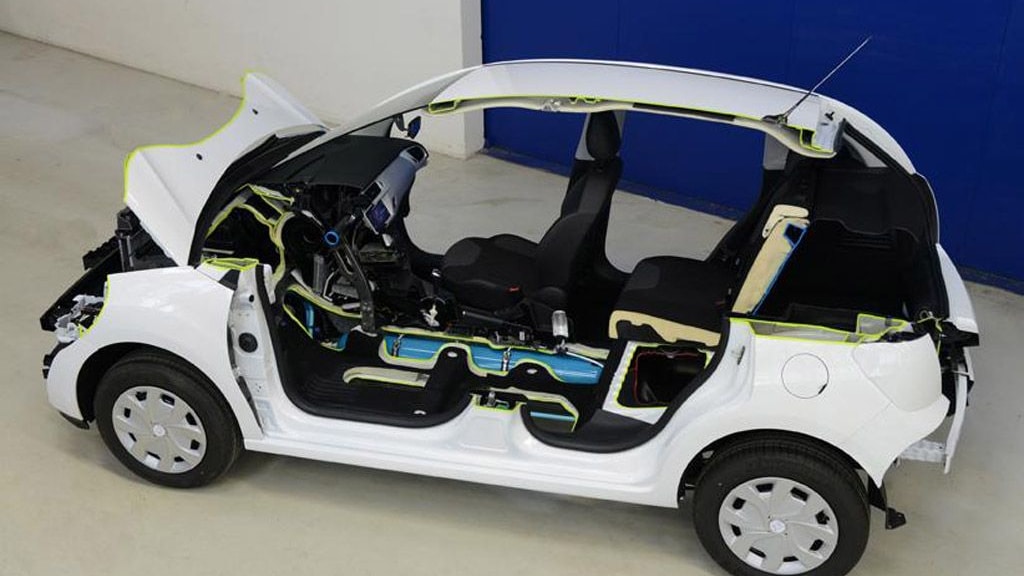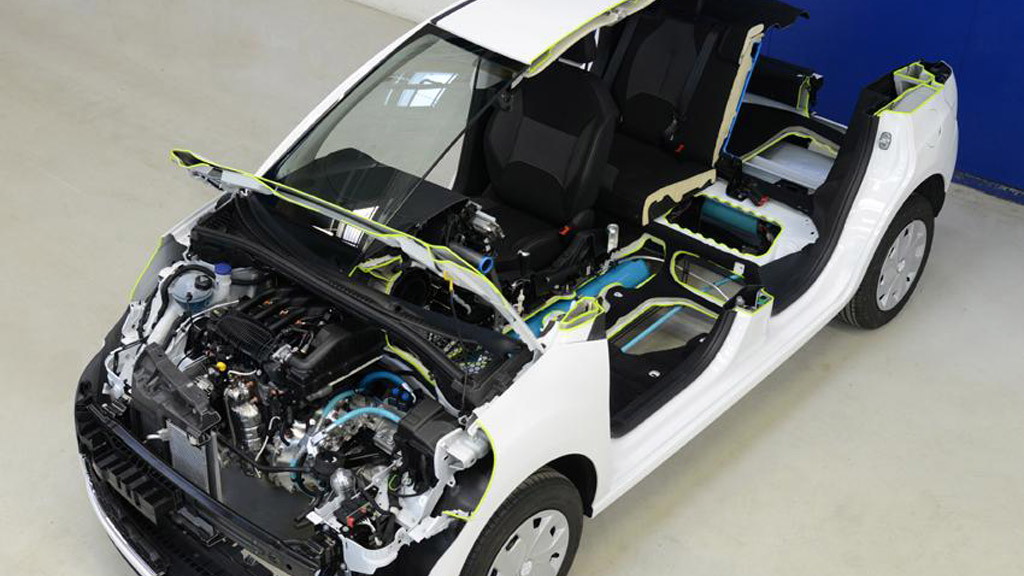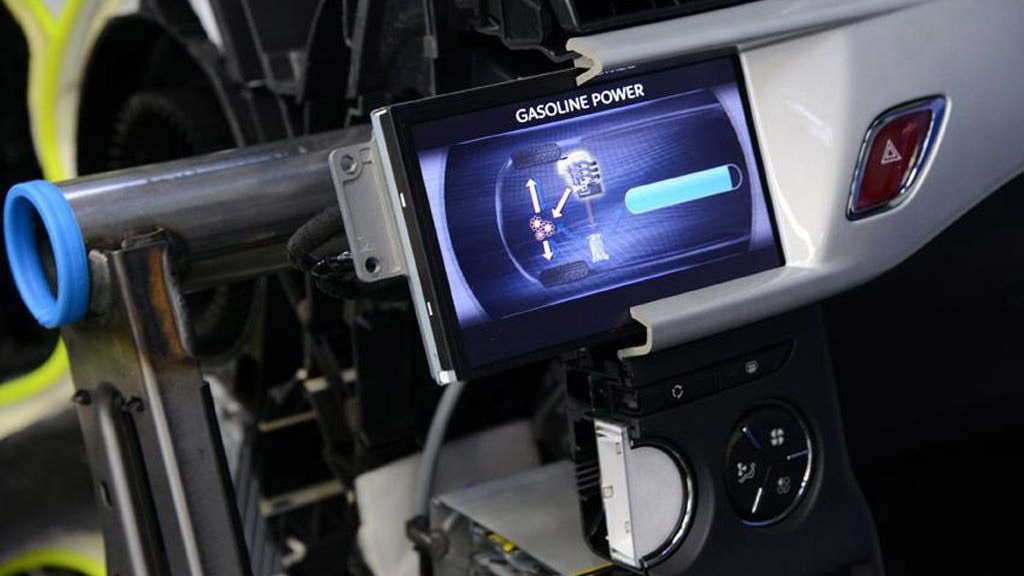Its latest development, "Hybrid Air" technology, is possibly the most intriguing innovation yet, and its first Hybrid Air prototype will be on display at the Geneva Motor Show in March.
User benefits
The benefits of hybrid-air are easy to understand.
Rather than relying on batteries to supplement the gasoline engine's power, the Citroen C3 Hybrid Air prototype uses compressed air. This minimizes the environmental impact associated with batteries, is lighter, less expensive, and doesn't impact on cabin space.
That's particularly important in the Citroen C3 on which the prototype is based, a subcompact car similar in size to the Toyota Yaris.
The efficiency benefits are also clear. The compressed air hybrid system is matched with an 82-horsepower, 1.2-liter four-cylinder gasoline engine.
Normally, this achieves a combined fuel economy figure of 52 mpg on the European cycle. As part of the Hybrid Air system, that rises to 80 mpg, with corresponding low CO2 and other emissions.
How it works
The main components of the Hybrid Air system are the 1.2-liter gasoline engine, a compressed air storage unit, a hydraulic pump/motor unit and an epicyclic automatic transmission.
It works almost identically to a typical full hybrid system--just with air replacing the job of batteries. Air Mode works like a regular hybrid's EV mode, and can power the vehicle up to 43 mph for short distances around town. Braking or decelerating compresses air back into the system, just as doing so on a normal hybrid would top up the battery.
Gasoline Mode uses only the engine, and the same regenerative benefits are available when braking or lifting off the gas, while Combined Mode uses both energy sources for quicker acceleration.
Further benefits
Citroen lists various technological benefits of Hybrid Air.
Low pricing has already been mentioned. There's no degredation of efficiency unlike you'll experience with batteries in cold or very hot conditions. It's easily adaptable between vehicles, put particularly appropriate for small, light cars and commercial vehicles, and as an essentially mechanical system it's simple and inexpensive to service--with few issues at the end of life recycling stage.
We're eager to see how it works in practice, but it could make a real difference to small vehicles, making fuel-saving hybrid technology much more accessible even at the bargain-basement end of the market.
The Hybrid Air C3 will debut at the Geneva Motor Show on March 5.
+++++++++++

















